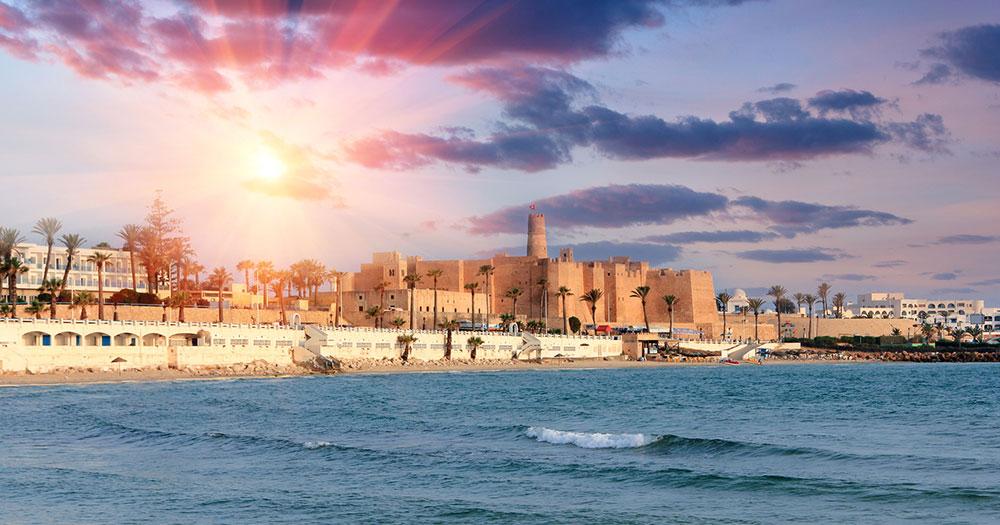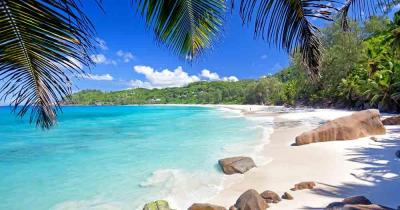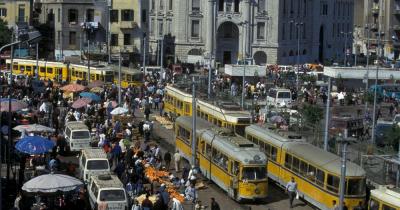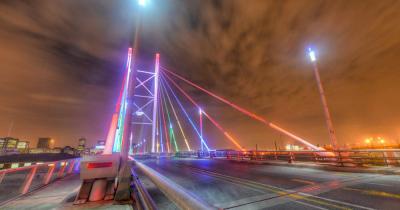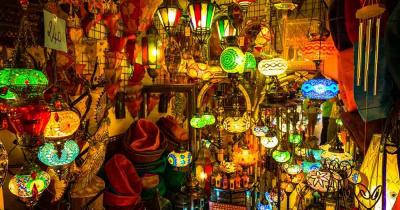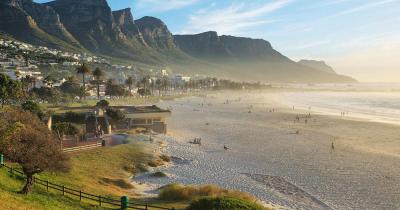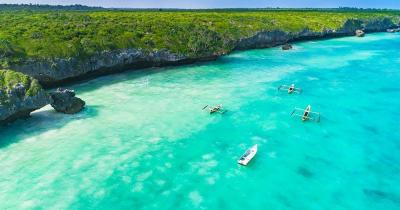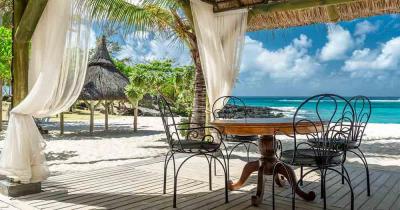Tunisia
Beach vacation and arts and crafts from its most beautiful side
Categories: Tunisia
About 140 kilometers from Sicily is the African country Tunisia. The north and east of the country border on the Mediterranean Sea. The coastline covers around 1,300 kilometers. The island of Djerba, the largest island and a popular tourist center, is located off the coast. The smallest of the North African states is populated by 10 million people. Of these, 2 million live in the capital Tunis.
Together with Morocco and Algeria, Tunisia is one of the so-called Maghreb states that share a common history. 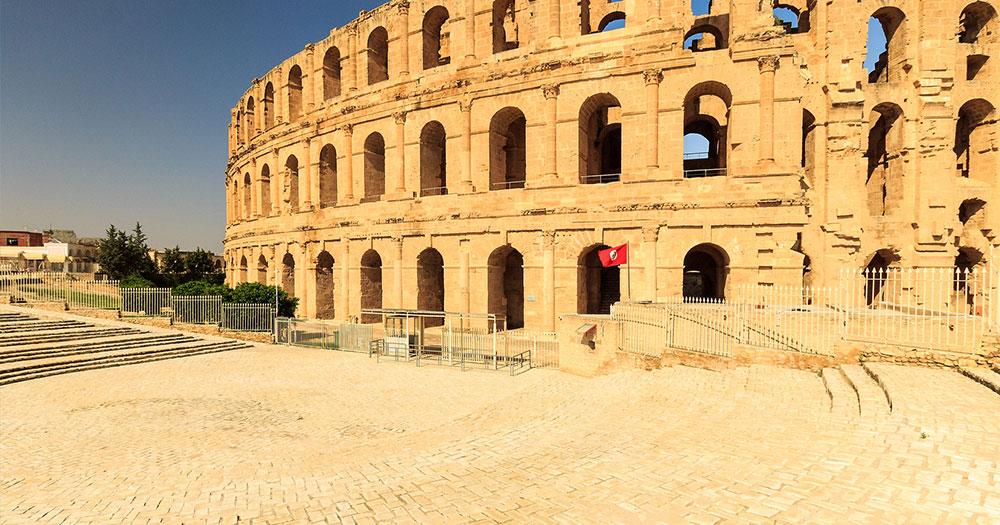 © Emelianov Evgenii / Fotolia
© Emelianov Evgenii / Fotolia
Berbers, Phoenicians, Romans and Ottomans left their mark here and their influence is still present in the architecture, traditions and food.
Tunisia's landscape is characterized by mountains, limestone plateaus, desert, river valleys, salt lakes, olive groves and national parks. At 1,544 meters, the Djebel Chambi is the country's highest peak. The longest river is called Medjerda and carries water all year round.
Arrival and general information about a vacation in Tunisia
Tunis has an international airport. From here there are regular connections to Djerba, Tabarka, Tozeur and Sfax. Whoever enters Tunisia as a package tourist needs a valid identity card. Individual travelers should have a passport. No special vaccinations are required. Medical care and urban infrastructure are considered modern, buses and trains connect all parts of the country.
Tunisia has a large network of international car rental agencies. Road signs are bilingual. For many people, the collective cab with a fixed price is a common means of transport. Tunisia is Arab-Muslim, and its inhabitants are open, tolerant and hospitable. Since Tunisians like to learn foreign languages, some of them also speak German. However, the national language is Arabic.
Beach vacation and handicraft from its most beautiful side
The most beautiful beaches and dive sites of Tunisia are in Hammamet, Tabarka and Mahdia, as well as on Djerba. While the coast has a balanced Mediterranean climate, the Sahara offers summer temperatures of 50 degrees. In August the water temperatures reach up to 25 degrees. Tunisia is characterized by a variety of handicrafts.
The places Gabès and Kairouan are famous for their carpets.
Pottery can be bought well in Nabeul and Djerba. Tunis offers fine copper works, and in the quarter Sidi Bou Said jewelry and leather goods are produced. Nearly every village has a picturesque weekly market with bazaars (souks) in the medina (old town).
Valuables may be sold in Tunisia only with certificate. The local cuisine is rich and varied. It is based on Mediterranean, oriental and Maghrebian influences. Regional vegetables, chickpeas and fish form the basis.
Cultural highlights in Tunisia
In Tunisia, there are currently eight world heritage sites on the UNESCO list. Among them is the Medina of Tunis, which captivates with its old palaces, the Zitouna Mosque and the colorful markets under the numerous arcades. It is considered the best preserved and largest old town in North Africa.
Close to the northern capital are the excavations of the Roman city of Carthage. 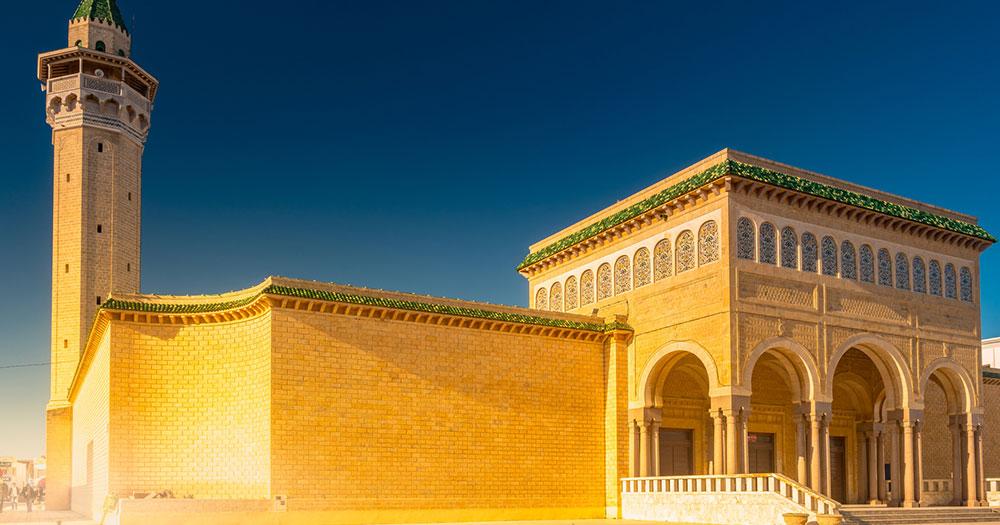 © romas_ph / Fotolia
© romas_ph / Fotolia
The amphitheater of El-Djem is located in the interior of Tunisia. Storks and flamingos spend the winter in the 126 square kilometer national park Ichkeul. The medina of Kairouan was declared a holy city.
White domes characterize the cityscape. Here is one of the oldest prayer houses in the world, the Sidi Oqba Mosque with an impressive courtyard. The old town of Sousse on the Gulf of Hammamet, the ancient city of Dougga and the Punic city of Kerkuan are also part of Tunisia's world cultural heritage.
